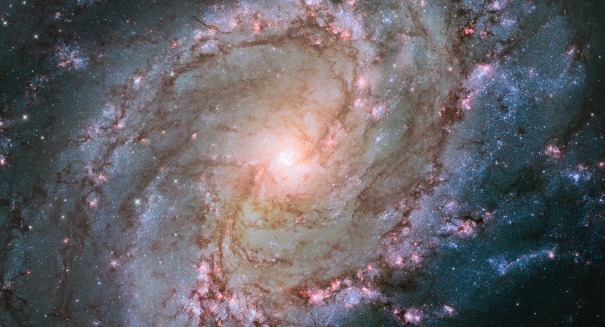
Astronomers use Automated Planet Finder Telescope to discover three new planets orbiting a star 54 light-years away.
Astronomers from the University of Hawaiʻi at Mānoa, the University of California, Berkeley, the University of California Observatories and Tennessee State University recently discovered three planets which complete their orbits around a star only 54 light-years away every 5, 15 and 24 days. Since the planetary system was found through a robotic telescope, scientists are calling the groundbreaking discovery a “game-changer in astronomy” and hope it will lead to the discovery of several other planets which orbit nearby stars.
In a recent edition of the Astrophysical Journal, the team of astronomers explained that the planets were found using measurements from the Automated Planet Finder Telescope at Lick Observatory in California, the W. M. Keck Observatory on Maunakea, Hawaiʻi and the Automatic Photometric Telescope at Fairborn Observatory in Arizona. The APF’s proved capable of discovering new planets and tracing their orbits quickly without any human oversight.
“We initially used APF like a regular telescope, staying up all night searching star to star,” said University of Hawaiʻi graduate student BJ Fulton. “The idea of letting a computer take the graveyard shift was more appealing after months of little sleep. So we wrote software to replace ourselves with a robot.”
After closer review, the researchers discovered that the three planets, which have masses 7-8 times the mass of Earth, orbit the star HD 7924 at a distance closer than Mercury orbits the sun. While the first of the three newly-discovered planets was found in 2009 using the HIRES instrument installed on the 10-meter Keck I telescope, it took the year-and-a-half campaign by the APF Telescope to find the two additional planets. Benjamin J. Fulton, one of the co-authors of the discovery report titled “Three Super-Earths Orbiting HD 7924,” intends on leading a two-year search with the APF to create a “census of small planets orbiting sun-like stars within approximately 100 light-years of Earth.”
“This level of automation is a game-changer in astronomy,” said UH astronomer and study co-author Andrew W. Howard. “It’s a bit like owning a driverless car that goes planet shopping.”